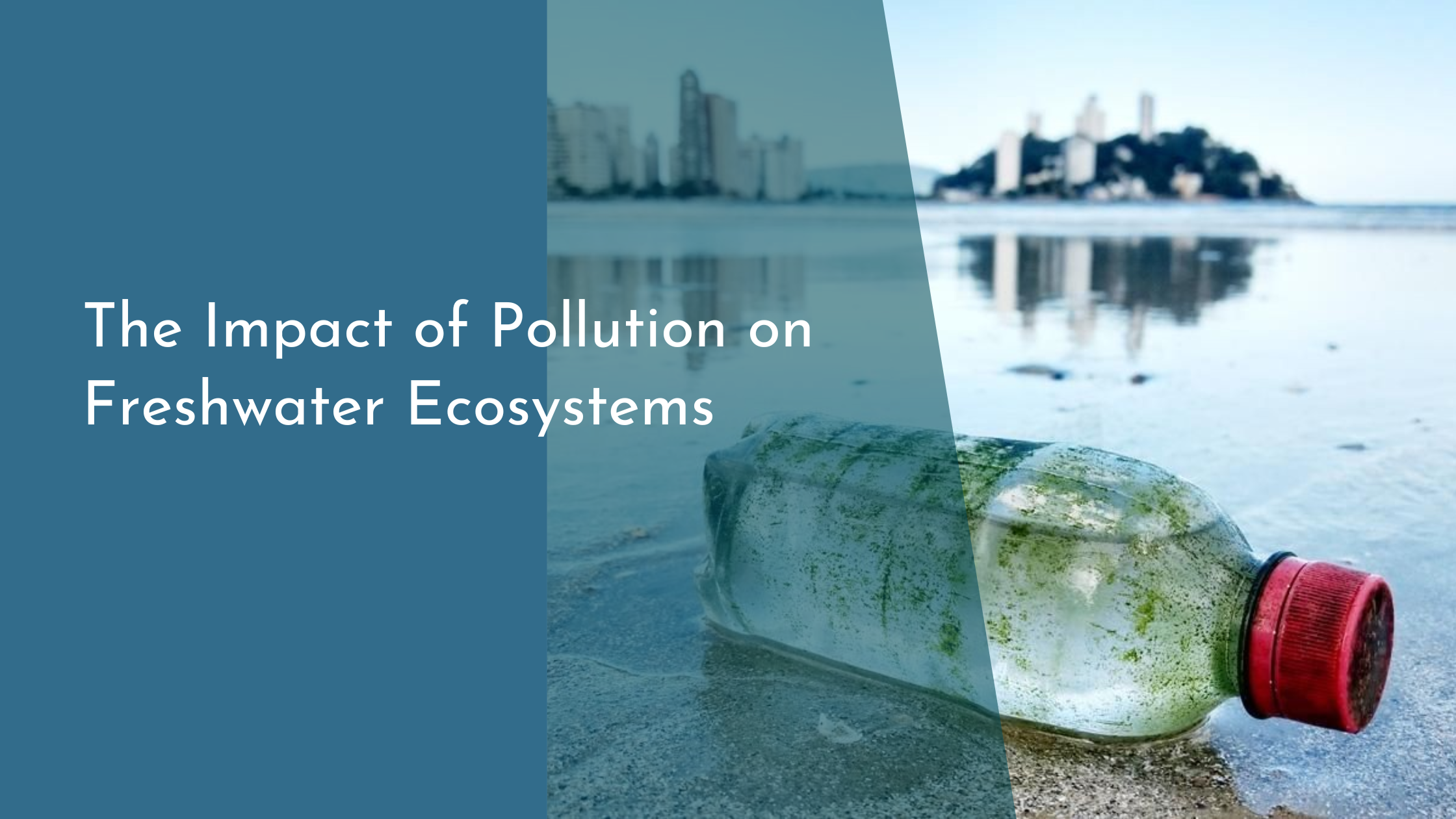The Impact of Pollution on Freshwater Ecosystems
Freshwater ecosystems, serving as vital sources of drinking water, recreation, and habitat for countless species, are increasingly under threat from pollution. Understanding the dynamics of these ecosystems and the impact of pollutants is crucial for preserving their health and ensuring they continue to provide for both human and natural communities. This article delves into the structure of freshwater ecosystems, identifies the main sources of pollution, examines the effects on aquatic life, and highlights innovative solutions that bring hope for a cleaner future.
Introduction to Freshwater Ecosystems
Freshwater ecosystems are diverse and encompass lakes, rivers, streams, ponds, and wetlands. These environments are characterized by their unique hydrological conditions, supporting a wide array of plant and animal life adapted to live in non-saline waters. Freshwater ecosystems are crucial for biodiversity, providing habitat and breeding grounds for fish, amphibians, insects, birds, and countless microorganisms. They also play a vital role in regulating global water cycles, supporting agriculture, and offering recreational opportunities.
Apart from their ecological significance, freshwater ecosystems are indispensable for human communities, supplying water for drinking, agriculture, and industry. They also serve as natural barriers against floods and droughts, illustrating their importance in maintaining ecological balance and human well-being. However, as human activities continue to expand, these ecosystems face mounting pressures from pollution, threatening their health and the services they provide.
Sources and Types of Water Pollution
Pollution in freshwater ecosystems comes from various sources, broadly categorized into point sources and non-point sources. Point source pollution refers to contaminants that enter a waterway through a single, identifiable source, such as a pipe or a ditch. Common point sources include wastewater discharge from industrial facilities and sewage treatment plants. Non-point source pollution is more diffuse, originating from multiple sources and transported by rainwater runoff. This includes agricultural runoff laden with fertilizers and pesticides, urban runoff from streets and lawns, and sediment from construction sites.
Different types of pollutants impact freshwater ecosystems in diverse ways. Nutrient pollution, primarily from agriculture, leads to eutrophication, which depletes oxygen and creates dead zones where aquatic life cannot survive. Chemical pollutants, including heavy metals and pharmaceuticals, can be toxic to aquatic organisms, disrupting reproductive systems and growth. Pathogens from untreated sewage can also lead to health risks for humans and wildlife. Understanding these pollution sources and types is crucial for developing targeted strategies to mitigate their impact.
Effects of Pollution on Aquatic Life
The impact of pollution on aquatic life is profound, leading to altered habitats, reduced biodiversity, and ecosystem imbalances. Nutrient pollution from excessive nitrogen and phosphorus can cause harmful algal blooms that block sunlight, clog fish gills, and produce toxins detrimental to fish and other aquatic organisms. This disrupts food chains, leading to the decline of fish populations, which in turn affects predators and communities dependent on these fish for food and livelihood.
Chemical pollutants can accumulate in the bodies of aquatic organisms, leading to bioaccumulation and biomagnification. These processes result in higher concentrations of toxins in predators at the top of the food chain, such as birds and mammals, causing reproductive failures, deformities, and even death. Aside from direct harm, pollution can also make aquatic organisms more susceptible to disease and reduce their ability to compete for resources. Thus, the health of freshwater ecosystems is a direct reflection of the quality of the water they contain.
Innovative Solutions and Positive Outcomes
Addressing pollution in freshwater ecosystems requires innovative solutions that incorporate science, technology, and community engagement. One promising approach is the development of green infrastructure, such as constructed wetlands and bioswales, which naturally filter pollutants from stormwater before it reaches waterways. These systems mimic natural processes, providing habitat for wildlife while improving water quality. Additionally, technological advancements in wastewater treatment, such as membrane bioreactors and advanced oxidation processes, offer more efficient ways to remove contaminants from water.
Community-led initiatives also play a crucial role in fostering positive outcomes for freshwater ecosystems. Educational programs that raise awareness about pollution sources and sustainable practices can empower individuals to make positive changes in their daily lives. Furthermore, citizen science projects involving local communities in monitoring water quality and restoration efforts can enhance public understanding and engagement, leading to sustained conservation success. By combining innovation with community action, we can pave the way for cleaner, healthier freshwater ecosystems.
In conclusion, freshwater ecosystems are indispensable to life on Earth, supporting biodiversity and human well-being. Despite the challenges posed by pollution, there is hope in the form of innovative solutions and increased awareness. By understanding the threats and working collaboratively to implement effective strategies, we can protect these precious resources for future generations. With continued efforts and a commitment to sustainability, a cleaner and healthier world is within our reach.

